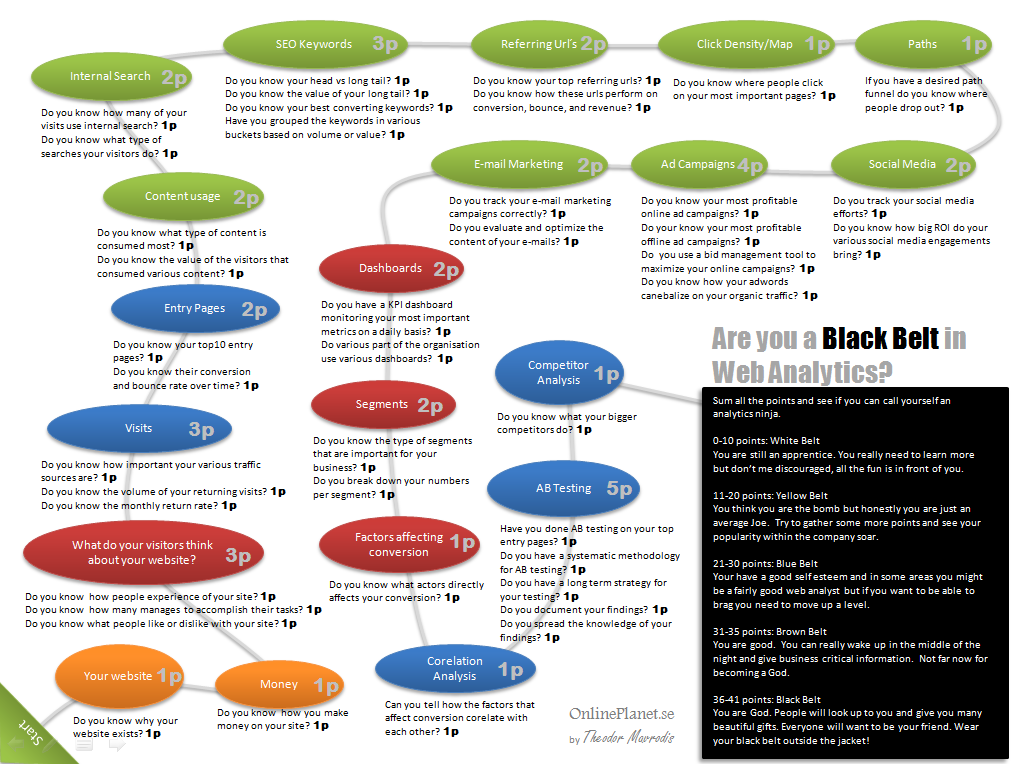Your cart is currently empty!

Your First Visit to Google Analytics
We have several clients who are just getting to know their web analytics right now. Are you in the same position? Or have you, perhaps, given up looking at your analytics because you haven’t been able to get much useful information from them in the past?
Maybe you haven’t checked on your Google Analytics since the new version became the only version, and now you’re not sure where to find anything (figuring that out has been on your to-do list for months, but it never made it to the top of the list…).
Whatever the reason, we have some suggestions here for getting some actionable information on your first visit to Google Analytics.
We introduced you to your GA dashboard last month, but perhaps you don’t really want to delve into everything and take up web analytics so much as you want to find some fast ideas on how to increase your traffic.
In that case, go to Standard Reporting> Traffic Sources> Overview and see how people reach your site. Read Balanced Web Traffic to get a sense of what each possible pie chart might mean, and then jump right ahead to All Traffic and find your Top Ten sources of traffic. It’ll look something like this:

Our lab site has Google, bing, and Yahoo in the top three slots, and that’s very common. If you don’t have any of the major search engines among your top traffic sources, you need to improve your website.
Direct traffic (people who type in the web address or use a bookmark) comes next for us. If you don’t see much direct traffic, you may need to make more of an effort to invite your clients and customers to visit your website. Training your counter staff or sales associates to say, “Have you been to our website?” while they wait for the receipt to print out can increase your traffic significantly.
Our lab site then has referrals from Google sites, such as Google usergroups. This isn’t as common as the other types of traffic mentioned; however, if you see some of this traffic, you might track down where your site is being discussed and join in the discussion. Our site is discussed in educators’ groups, but there are lots of different kinds of groups at Google-owned sites. This type of traffic isn’t search. It’s referral from a link placed at a site, and the sites just happen to belong to Google.
Next we see referrals from social media, smaller search engines, and articles. The thing to do here is to see what kind of referral traffic you’re getting and figure out how to get more of it. For example, Pinterest is our #1 non-Google referring site… and our lab site doesn’t even have a Pinterest account. It’s pretty obvious that Pinterest is good for us and we should set up an account, rather than just benefiting from our visitor’s use of Pinterest button. At least we have a Pinterest button!
If we click on Referral Traffic (and you should, if you’ve responded to all the Top Ten), we see that we have referral traffic from a lot of places, including New Scientist and Talk Like a Pirate, and we should sort through them and look for general trends. For example, plenty of referral traffic from science websites tells us that we should contact more science websites. If, on the other hand, you have little or no Referral traffic, you know that you need to get started with some general linkbuilding.
Stay on Referrals and click on Landing Pages, circled in red in the screenshot below, and you’ll see the pages at your website that are most often linked to by your referring sites. This can tell you the kind of pages that make good linkbait for your target market, so you can make more of them.

We’ve only looked at two or three screens, and already we should have a good to-do list to increase our traffic!
By the way, the Web Analytics Game at the beginning of the post was generously shared by Theodor Mavrodis, who recommends that winners wear their Black Belts over their jackets. You get a point for knowing the purpose of your website, so everyone can play!

Leave a Reply